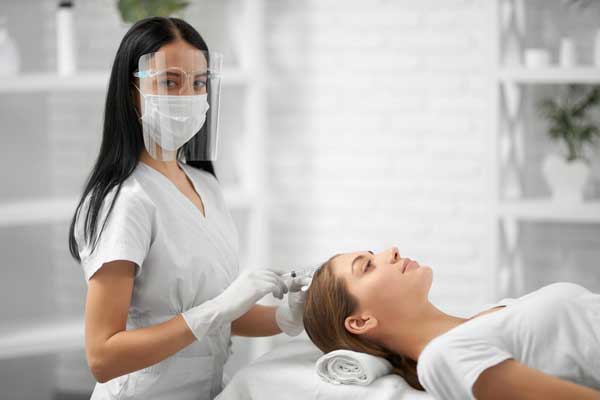Hair loss is a common concern for many, and understanding the role of the DHT receptor sensitivity can be the key to preventing hair loss and promoting hair growth. In this article, we will delve into the transcript’s content to provide you with in-depth insights into five critical factors that influence your hair health. From addressing hypoxia to optimizing your vitamin D intake, we’ve got you covered.

Hypoxia and Its Impact on Hair Health
Hypoxia, or the lack of oxygen supply to your scalp, can significantly affect your hair’s growth and health. There are three main causes of hypoxia: anemia, inflammation, and lack of exercise. Anemia can be categorized into iron or B12 deficiency anemia, both of which can result from dietary choices or genetic factors. In the case of iron deficiency, it’s essential to include foods like red meat and consider supplements like methylcobalamin for B12. Additionally, addressing issues like insufficient stomach acid and inflammation can contribute to anemia. To combat inflammation, it’s crucial to eliminate omega-6 fatty acids from your diet and focus on omega-3 sources like cod liver oil. Vitamin D also plays a pivotal role in reducing inflammation and promoting healthy hair. When it comes to hypoxia caused by a lack of exercise, incorporating regular physical activity into your routine is essential.
The Role of Vitamin D in Hair Growth
Vitamin D isn’t just about bone health; it also plays a crucial role in regulating the sensitivity of the DHT receptor. Discover the significance of vitamin D in preventing hair loss and learn how to ensure you’re getting the right amount of this essential vitamin. Vitamin D deficiency is widespread, especially in regions with limited sunlight. To address this deficiency, it’s recommended to take a minimum of 10,000 IU of vitamin D daily, and in some cases, even 20,000 IU might be necessary. Vitamin D is a powerful tool in regulating the sensitivity of the DHT receptor and promoting healthy hair growth.
L-Lysine: An Amino Acid for Hair Restoration
L-lysine is an amino acid with the potential to enhance your hair’s health by regulating the DHT receptor’s sensitivity. We’ll discuss how you can incorporate L-lysine into your diet or as a supplement to support hair growth. L-lysine can be obtained from various food sources, including animal products like red meat, chicken, fish, seafood, and eggs. It’s essential to note that L-lysine is low in nuts, grains, beans, and seeds. If your diet is lacking in animal products, consider taking L-lysine supplements on an empty stomach to maximize its effectiveness in regulating the DHT receptor.
Balancing Insulin for Healthy Hair
While insulin resistance is a well-known issue, increasing insulin can be beneficial for your hair health. We’ll explain how fixing insulin resistance through a low-carb diet and intermittent fasting can help your body receive the appropriate amount of insulin, crucial for hair growth. Insulin resistance can hinder hair growth, but it’s essential to distinguish between high insulin levels and insulin resistance. To improve your hair’s health, focus on fixing insulin resistance by adopting a low-carb diet and incorporating intermittent fasting into your routine. Metformin, a medication that addresses insulin resistance, can also promote hair growth by regulating the insulin receptor.
The Role of Estrogen in Hair Growth
Estrogen levels can significantly impact hair health, particularly for women. Explore the connection between estrogen and hair loss, and learn how to increase estrogen levels naturally, whether during pregnancy, menopause, or other life stages. Changes in estrogen levels, such as during pregnancy, postpartum, the menstrual cycle, or menopause, can lead to hair loss. To support healthy hair growth, consider including phytoestrogen-rich foods like flaxseed in your diet. Additionally, supporting the adrenal glands with adaptogens like ashwagandha and ensuring an adequate intake of cholesterol precursors from foods like egg yolks and butter can help maintain estrogen balance.
Conclusion
Hair loss is a common issue, but by addressing the sensitivity of the DHT receptor, you can take significant steps toward preventing it and promoting hair growth. In this comprehensive article, we’ve discussed five key factors, including hypoxia, vitamin D, L-lysine, insulin, and estrogen, and provided actionable strategies to optimize your hair health. With these detailed insights, you can take control of your hair and enjoy a fuller, healthier mane.
